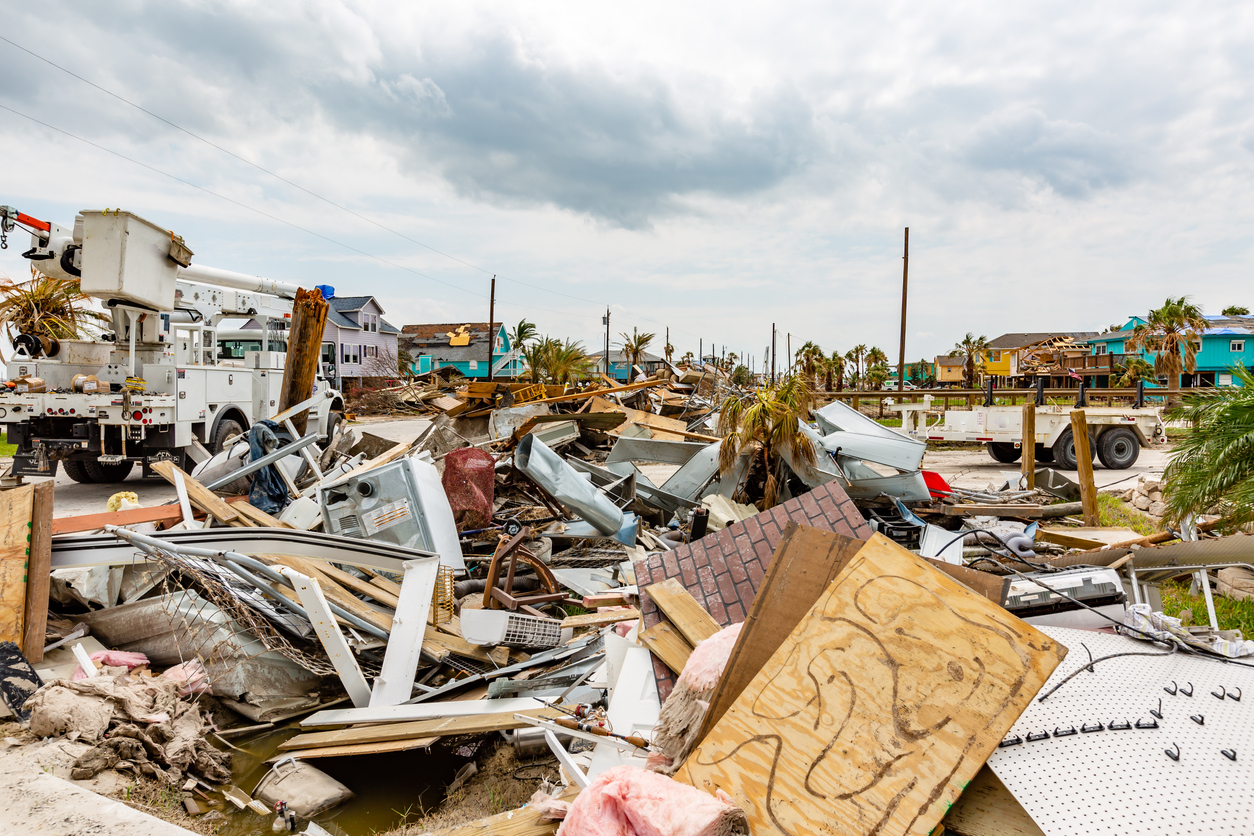Supporting EPA’s Emergency Response Efforts following Hurricane Harvey
CSS staff served as lead technical advisors on a multi-agency environmental response team after Hurricane Harvey.

Providing Field and IT Specialists to Address Hazardous Materials and Support Data Management

CSS staff served as lead technical advisors on a multi-agency environmental response team after Hurricane Harvey. Teams traveled by boat and over land to locate, evaluate, retrieve, and document orphan drums, vessels, and tanks holding five gallons or more of hazardous materials. Our field specialists conducted air monitoring at all locations, documenting activities with logbooks, iPads, and global positioning system (GPS) tools. We uploaded the resulting data to EPA’s data management systems. Once the retrieved orphan containers arrived at EPA’s staging area in Port Arthur, we sorted them by type and obtained a daily count of all collected items. CSS mobilized additional IT staff on site to support the data management performed by EPA, the US Coast Guard, and other responders. Our staff entered data into the main EPA databases from batches collected in the field by the response teams, then confirmed data quality and integrity using data collection tools and tailored database queries. Our IT specialist created “ad hoc” queries of the main EPA database to provide the Incident Command team with real-time information on the status of cleanup efforts. We also generated and distributed daily reports on the status of storm-related water, ground, vessel, and non-vessel pollution to EPA management and other stakeholders.
Additional Projects

Fentanyl and Fentanyl Analogs Fact Sheet
EPA tasked CSS to prepare a Quick Response Guide for first responders on the dangerous drug Fentanyl.

Expert Guidance to EPA’s Consequence Management Advisory Division
Technical Support for EPA’s Consequence Management Advisory Division (CMAD) – CSS provides expert technical guidance and field support related to chemical, biological, radiological, and nuclear (CBRN) decontamination.

Hazard Analysis Support to the Transportation Security Administration
CSS has provided safety and health support, and a variety of other activities in support of Transportation Security Administration (TSA) Office of Occupational Safety, Health and Environment (OSHE) programs.

Get in touch
Contact us to learn more about our projects, capabilities, solutions, and service offerings.







